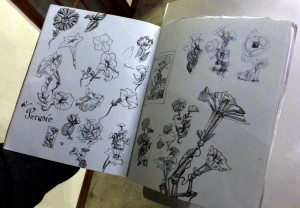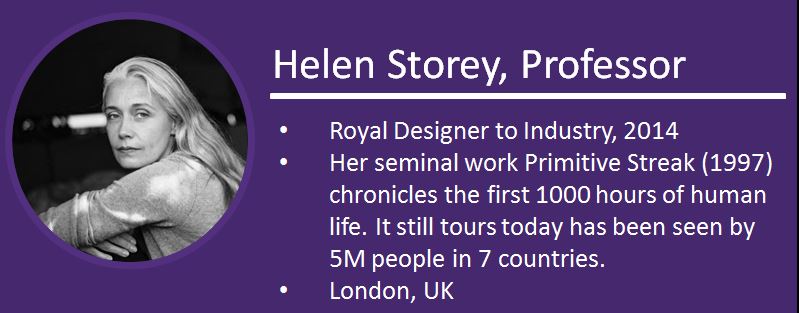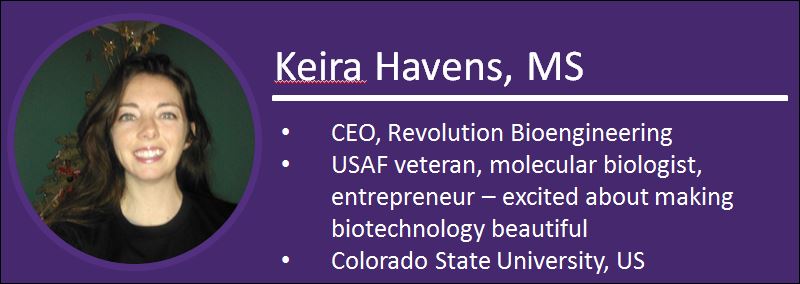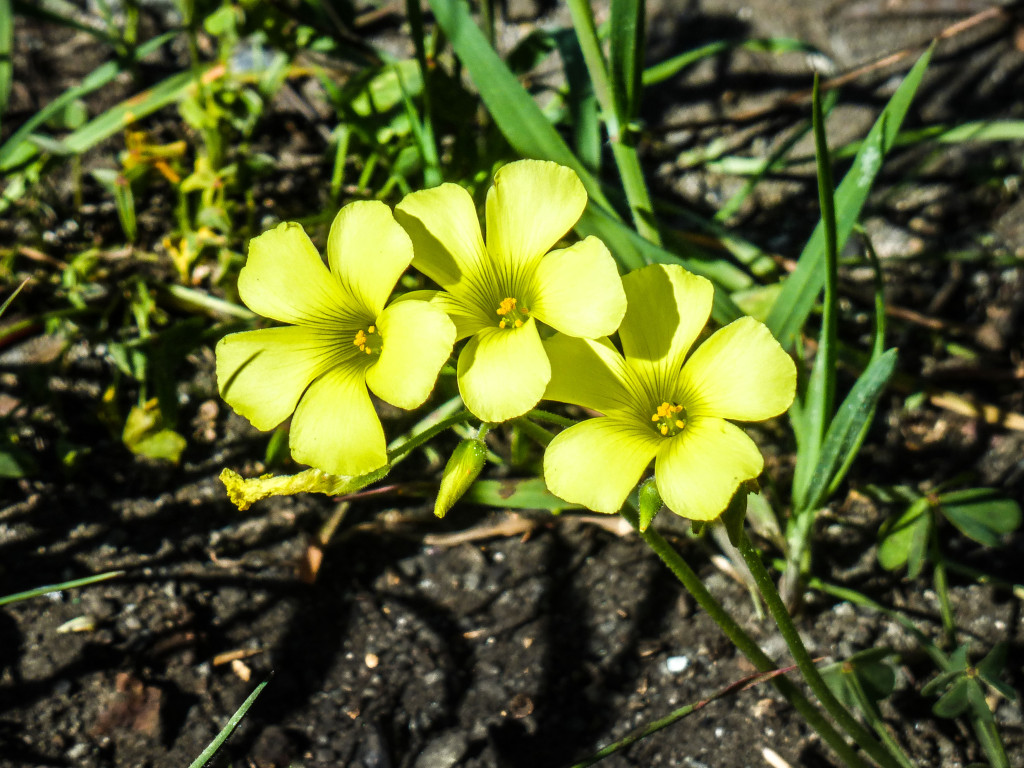Bay Area flower walk
- My favorite edible flower
- The best photo I’ve ever taken?
- Lantanas
- Petunia’s little brother, calibrachoa
- Is this manzanita?
- Mystery flower with a crazy blue/purple color
- This was sage or rosemary or something
 We have a great guest post from Brad Hofmann, founder of Head First. Brad has melded his extensive professional expertise in counseling psychiatry and university-level basketball and baseball coaching to develop an exciting program of mental preparation and performance coaching for all aspects of life- business, parenting, group dynamics, etc. He shared with us some of his thoughts on goal setting related to the business world.
We have a great guest post from Brad Hofmann, founder of Head First. Brad has melded his extensive professional expertise in counseling psychiatry and university-level basketball and baseball coaching to develop an exciting program of mental preparation and performance coaching for all aspects of life- business, parenting, group dynamics, etc. He shared with us some of his thoughts on goal setting related to the business world.
*****************
Many people have goals, but the way they organize and/or approach those goals can be inefficient or even counter-productive. The good news is that a few simple tools can help you formalize your goals and keep your focus on goal achievement.*
First off, keep in mind two types of goals:
Result goals are end points — what people often think of when they set goals.
Example: If you are giving a sales presentation, your result goal would likely be to make the sale.
Process goals are the steps that you decide you must take to accomplish the result goal.
Example:
Your process goals for the sales presentation might be:
(Note: These are rudimentary examples. If I were working with this person, I would likely suggest these preliminary goals be turned into SMART goals –Specific, Measurable, Attainable, Relevant and Time-bound.)
Sometimes, even people who have a strong grasp of and focus on their result goals have only a vague understanding and/or focus on process goals, which can be their downfall.
Your day-to-day focus should be on your process goals rather than your result goals. Process goals focus on your actions (which are completely under your control), rather than the results (which often are not).
Example: You do control your research, your demonstration, and your breathing and relaxation.
You do not control whether the client has the money for a purchase (or whether their boss decides she wants to buy from her brother-in-law instead of you) and so you do not have complete control over whether your presentation leads to a sale.
Many people judge their success or failure solely on the end results and thereby lose out on the satisfaction and confidence that can arise from process goal victories.
Example: if you gave a good, relevant demonstration and projected confidence by staying calm and focused, you should celebrate your own success even if the end result of this presentation was not a sale (this will help you in the next presentation).
Focusing on process goals lets you measure your success based on your own actions (i.e., achievement of process goals) rather than evaluating yourself solely on end results or the opinion of others. Taking control over your own success vs. failure can make you more resilient when positive end results are not immediate (as is often the case in a new venture).
In addition, when you focus primarily on result goals, you are being future oriented (results lie in the future). Unfortunately, fear also lurks in the future. Having a future-based orientation can bring fear, especially fear of failure, into play. [If you think about being anxious or fearful, it is often caused by concern about what is going to happen next. What if the plane crashes or what if I totally bomb on this presentation?] Fear can severely reduce your effectiveness (wasted time worrying instead of getting things done, wasted energy….) and it can make you less likely to take on a challenge.
Example: You are so focused on the fear of a failing sales presentation that you have trouble getting your preparation research started or you postpone the presentation to avoid potential failure.
Focusing on process goals instead helps you keep your focus on your actions, which occur in the present. The “zone”, which is where you should strive to be working, is found in the present. By focusing on process goals, and staying in the present, you give yourself the greatest likelihood of getting into the “zone”.
I don’t want to leave you with the idea that results and result goals are not important. They absolutely are. To maximize your success, the key is to set specific times to review progress toward a desired result goal so that you can assess whether you have the right process goals in place. In general, focus should remain on process goals aside from these specific, pre-determined times for review of result goals.
* The work of Harvey Dorfman has had a major influence on my views of goals. Although much of Dorfman’s written work on goal setting involves goal setting for athletes, I have found that many of the concepts he discusses are applicable to other types of performance (work, school, social, etc.).
Tom Varani is an amazingly talented artist from Denver that has created an amazing print in support of our beautiful biology crowdfunding campaign.
I had heard about Tom many years ago through my network of friends, but I only met him in 2013 at his sister’s wedding where he had created a massive multi-panel mural of sunflowers-large enough to fill an entire wall of the reception hall.
Tom recently invited me down to the opening night of a brand new gallery in Denver called Green Spaces Gallery. Green Spaces is an office co-working space that has a cavernous meeting/event area, and they recently decided to fill the walls of that space with art. Tom, his wife Andrea Pilner (also super talented artist!) are in the first group of artists to be featured at gallery.
On display were some of Tom’s elephant herd. Tom has painted quite a few elephants over the last several years, and each of them are enormous, intricately detailed, and stunning. He wants to save elephants from the needless butcher resulting from the ivory trade, and is involved with some causes to support that end.
But what I was really down there to see was his sketchbook. In order that everybody can start a new conversation on biotechnology, even if they are from countries where we won’t be able to ship petunias due to biotechnology regulations, I asked Tom to help us out with a custom piece of artwork.

Tom’s sketchbook- “wildtype” petunias on the left, evolution into mechanical petunias on the right
Click to enlarge- It’s beautiful!
About a year ago I had seen some other sketches he had created of whimsical mechanical insects made entirely of gears and levers and beautiful scrolly ironwork wings. So to celebrate our project I asked him to use the same kind of imaginative thinking to create a custom print for our crowdfunding campaign of a mechanical petunia.
I got a photo of two pages of his sketchbook where he started out just doing a study of petunia flowers and shapes from horticultural images and descriptions. Then he got to the point where he had a bunch of salty language in regards to my ridiculous request for a mechanical petunia. And then inspiration hit him.
Tom just emailed a test print off the linoleum block he carved. This is an amazing piece of work, and at $125 is an absolute bargain to own a Tom Varani handmade print.
Support beautiful biology and pick up Tom’s print today. You can start a new conversation on biotechnology right your own home.
As part of International Women’s Day, we wanted to introduce you to some of the incredible women working to bring together art and science in and creating a new space for conversation about biotechnology.
Each of these international women have brought a unique skill set that makes our color-changing flowers a truly vibrant, living work of art. The theme of International Women’s Day is #MakeItHappen - it takes all of us to effect change. We hope you’ll join us in supporting women working in science and art by contributing to our ongoing 
Professor Helen Storey’s work champions a cultural hybrid model of art which brings together fashion and science. In 1997, she launched her seminal work detailing the first 1000 hours of human life, Primitive Streak. To date, the installation has been seen by over 5 million people in 7 countries.
Since then, Prof. Storey and her science collaborators have created five other world renowned arts/science projects. Shewas made a Royal Designer to Industry in 2014 by the Royal Society of Arts and her curiosity with the beauty and possibilities of science continues to inspire her work. The Living Dress will incorporate Revolution Bioengineering’s color changing flowers and illustrate how we can harness nature to re-connect us back to the impact humans have on our natural world and how the two seemingly unconnected worlds of fashion and science can enlighten and come together.
Dr. Francesca Margherita Quattrocchio began her plant biology work in maize, moving to petunias to analyze the behavior of corn genetic elements when placed in a new context. In 1990, Quattrochio started her PhD project on regulatory genes controlling pigment biosynthesis in petunia petals. Soon after obtaining her PhD, her interests moved to the control of pH homeostasis in the vacuole: the cellular compartment where the pigments are stored. She revealed an entirely new mechanism by which plant cells hyper-acidify internal compartments and regulate ions traffic – Her discoveries are at the heart of our petunia flowers!
She studied Biology at the Sapienza University of Rome (Italy) and graduated in 1983. After a fellowship of the Italian National Research Council in Milan (Italy) to study the promoter structure and regulation of maize reserve protein genes, she obtained a short-term EMBO fellowship. Thereafter, she received a Marie Curie fellowship and joined the Genetics research group at VU University Amsterdam. This year she joins the University of Amsterdam.
Jenny Dyck Brian received her PhD in Biology and Society from Arizona State University. While at ASU, she worked in the Center for Biology and Society and the Consortium for Science, Policy and Outcomes. Her dissertation, which was supported by funding from the National Science Foundation and a PEO Scholars Award, investigated the role of bioethics committees within for-profit private sector bioscience companies. The project focuses on 3 case studies: the Ethics Advisory Board at Advanced Cell Technology, the Ethics and Public Policy Board at SmithKlineBeecham and the Bioethics Committee at Eli Lilly.
Prior to joining Barrett, The Honors College, she was an Assistant Professor of Bioethics at the Asian University for Women in Chittagong, Bangladesh, where she taught bioethics and science policy courses to students from 12 different countries. At the AUW, she also worked with 9 student research assistants on projects focusing on organ selling and trafficking in South Asia, and the role of for-profit corporations in the development of synthetic biology, genetic testing and geo-engineering.

Keira Havens grew up in Hawaii where she was fascinated by flowers, bugs, and the ocean. After receiving her Bachelor’s in Molecular Biophysics and Biochemistry from the Illinois Institute of Technology in 2004, she accepted a commission in the United States Air Force. She left active duty to pursue a degree in a synthetic biology laboratory and received her M.S. from Colorado State University in 2014.
As part of her academic work on detector plants she encountered an interesting paradox – the same people who disliked agricultural GMOs liked the idea of this applied biotechnology. It was biotechnology that they could see a benefit in, a biotechnology that amazed and delighted. Keira wanted to bring more wonder into the world through science, and so she founded Revolution Bioengineering with colleague Nikolai Braun. Their goal: to make biotechnology beautiful, starting with flowers that change color throughout the day.
Ladies, we are thrilled to be working with you & look forward to making some beautiful biotechnology. Let’s inspire the next generation of female scientists, artists, and thinkers!
Today Revolution Bio headed to San Francisco for a week of hectic meetings. Unfortunately, the adventure started on the flights out. In Denver I dealt with lengthy airplane de-icing followed by a fog bank that halted all takeoffs. My two hour layover in Phoenix turned into a 2 minute sprint across the airport to make my connection.
Keira dealt with a snowstorm in Cleveland. Six inches of snow showed up overnight, and whatever time she had allocated to drive to the airport was insufficient given the conditions. She missed her first flight, the second was cancelled, and then she finally made it onto a third.

Cailfornia poppy, edited by @dailylaurel
But now she gets in at 10PM and in Oakland, not noon when I got in, so I had some time to kill. I emailed Ryan Bethencourt to see if I could go kill time at Berkeley Biolabs and get some computer things done, he suggested I head to Indie Bio to do that. So I did.
Indie bio is in an “up and coming” area of San Francisco. But after a winter in Colorado, I was delighted to see a California poppy blooming in the scrub patch right beside my car.
Ryan gave me a tour of the IndieBio space, and it is enormous. They have conference rooms, a large desk/computer area, and an actual lab. The lab is built out such that it looks like real science can be accomplished.
There are tissue culture rooms, hardware building rooms, food science dedicated rooms, and of course a lounge with a beer refrigerator.
I’m looking forwards to seeing what comes out of this bio accelerator. They definitely have the infrastructure for success, so now let’s see what those teams can do.

Bonus flowers edited by @DailyLaurel